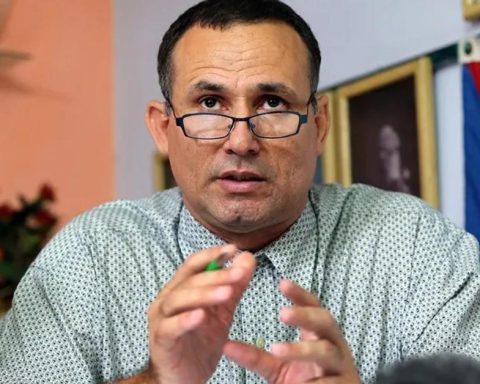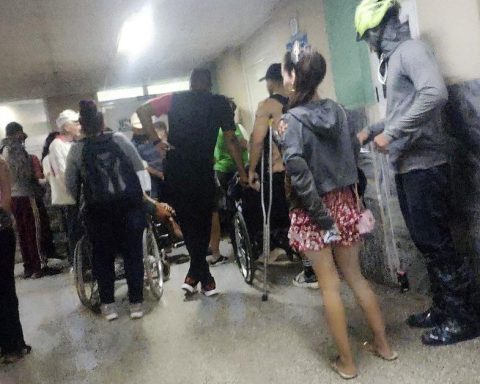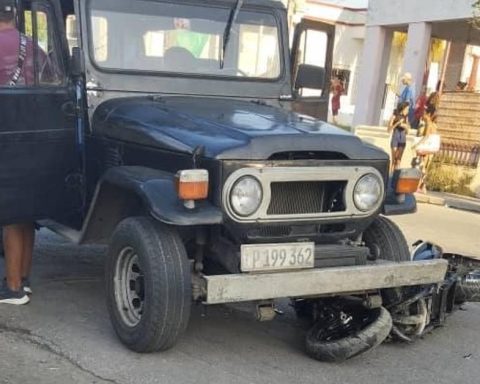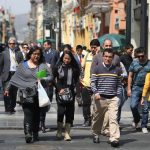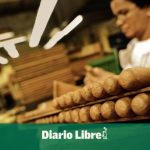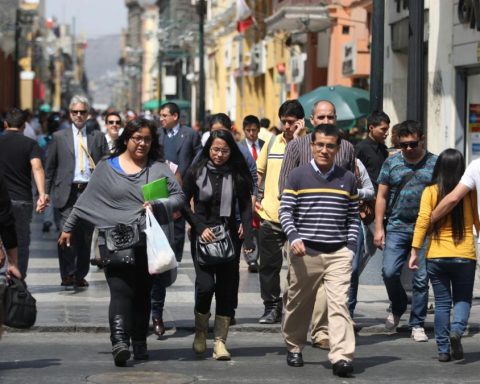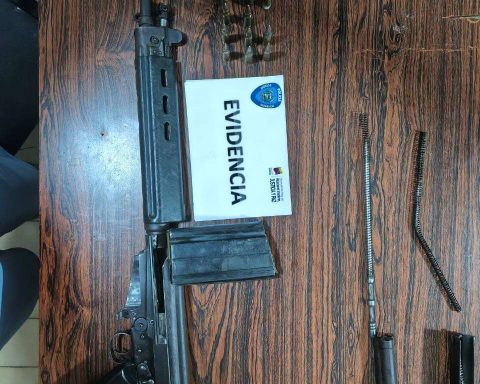Since 2017, Sancti Spíritus has lost more than 24,000 horses due to theft and illegal slaughter. The figure is even more alarming if one considers that the province closed 2022 with an equine mass of just over 76,000 animals, according to reveals this Sunday, with great modesty, the official press.
As the livestock authorities of the province admit, the numbers are “scaring”. In 2022 alone, more than 5,000 animals died, victims of crime, police inaction and the absence of “peasant patrols” to “corner” the thieves. Between 2017 and 2021, the precise number was 19,119. “There are those who bite the same thing and steal the wire from a fence that kills the pregnant mare, the milking cow or the stallion,” lamented the peasants in the area, defenseless against the gangs that often razed entire stables. .
Police are quick to drop investigations, if at all. A group of equine fans in Sancti Spíritus, Skirmishes Reborn, he saw almost all of his steeds killed a short time ago. Until today, the newspaper of the Communist Party in the province acknowledges, the fact “is not fully clarified.”
Since the Special Period, when numerous animals were slaughtered for consumption, the number began to drop. In 2017, the decrease has done nothing but assert itself
A crime prevention strategy in the Cuban countryside, says the newspaper, is increasingly urgent. In past decades, the rural area of Sancti Spíritus accumulated up to 90,000 horses. Since the Special Period, when numerous animals were slaughtered for consumption, the number began to drop. In 2017, the decrease has done nothing but affirm itself.
Porfirio Herrera, a farmer from the area, assesses the losses not only in terms of quantity: the variety of the breeds and their reproductive capacity are also irreparable. Villa Clara and Sancti Spíritus had, according to Herrera, the largest number of horses in Cuba. There were horses, mules and donkeys, as well as females and stallions, distributed in “breeding yards” and breeding areas.
In addition, the Creole horse had begun to be genetically developed, native to the El Cacahual area, which was crossed with the Arab and Appaloosa breeds. Sancti Spíritus bred specimens of the criollo trotting horse and the patibarcino, an animal characterized by its adaptability and resistance.
Any of these horses, Herrera points out, continues to be essential in the countryside in places where mechanical transport does not reach and there is no other choice but to carry the loads on the animal’s back. The horse is doomed, the farmer calculates, due to the “high economic value” it has achieved and the “lack of food, raw materials and medicines”, not to mention the essential inputs for breeding.
Ramón Balmaseda, a geneticist from the Ministry of Agriculture in the province, also attributes the decrease to the low breeding capacity of the state sector.
Ramón Balmaseda, a geneticist from the Ministry of Agriculture in the province, also attributes the decrease to the low breeding capacity of the state sector. The trend has been the “displacement” of horses, which is now more common to find on private farms, “usufructuaries, individual owners of small plots or owners of a stable”, than in State companies. “In most of the state companies, the level of females for reproduction has decreased by more than 80%,” says Balmaseda.
In horse trafficking at the level of private holders, one rarely thinks about the reproduction of the animal, he points out, but rather about feeding. The way to counteract the decline, which is expected to be more serious in the coming months, is to organize and account for all the equine mass in the country, whether private or state-owned, and define measures for its protection. Of course, a strategy of this magnitude would only be achieved with the coalition of ranchers, the Police and the authorities of the Ministry of Agriculture, three instances that, for the moment, have been apathetic when it comes to cooperating.
The situation is also serious for cow owners in Sancti Spíritus, who experienced a noticeable increase in crime in 2022 compared to the previous year. Until September, the number of cows slaughtered was 1,249, despite the sanctions –up to a 20,000-peso fine– with which the Government tried to stop the crimes, compared to 48 in 2021. At that time, the Cuban vice president, Salvador Valdés Mesa promised “intense work with the organs of the Ministry of the Interior.” Several months later, criminals continue to operate with impunity in the rural areas of central Cuba.
________________________
Collaborate with our work:
The team of 14ymedio He is committed to doing serious journalism that reflects the reality of deep Cuba. Thank you for accompanying us on this long road. We invite you to continue supporting us, but this time becoming a member of our newspaper. Together we can continue transforming journalism in Cuba.


